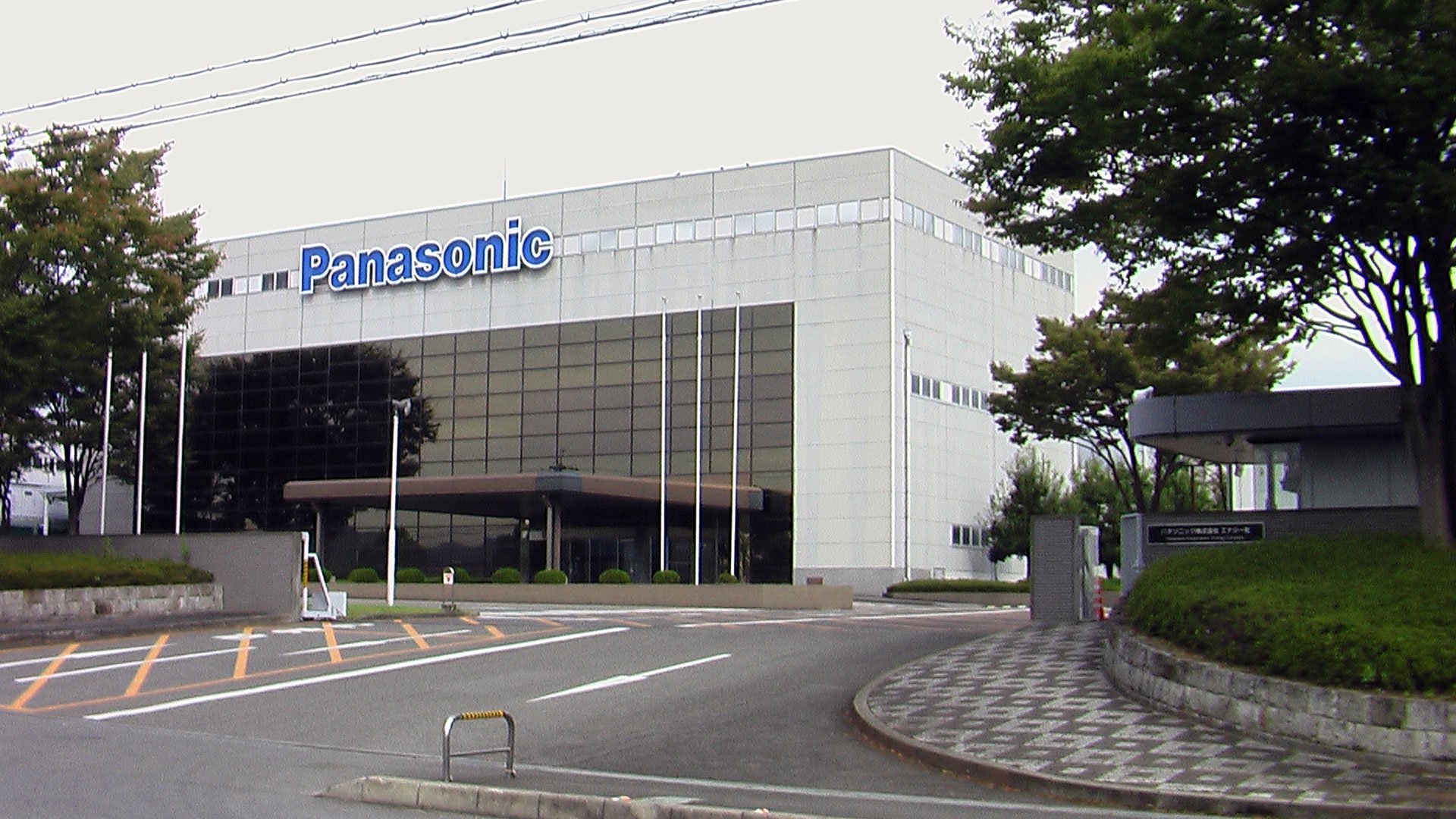


Panasonic has announced they will merge the company’s professional and consumer imaging and video divisions. The company cites the crossover of technology between consumer and professional-level gear as the cause, making the line between the two almost non-existent.
I have to say that I’m not that surprised. Many of us have heard rumours that various manufacturers intentionally cripple lower-end cameras in order to protect their higher-end products (or cripple mirrorless to protect cinema). Is this just the first company to publicly admit it?
Overlapping Markets
Panasonic Connect Co., Ltd. and Panasonic Entertainment & Communication Co., Ltd. (PEAC) announced today that they have decided to transfer the Professional AV business and Panasonic Visual Co., Ltd. from Panasonic Connect to Panasonic Entertainment & Communication. Foreseeing future growth in the overlapping markets for consumer and professional video production, and livevideo streaming, the move to integrate the businesses will enable the Panasonic Group to strengthen its imaging business and achieve high growth. The integration is scheduled to take place on April 1, 2024.
So, the first part of the statement essentially says that the company’s professional and consumer imaging and video divisions are going to merge into one. They believe this will strengthen its presence and position in all sectors they cover.
But, why?
This will all happen on April 1st, 2024. The company followed the above paragraph with another outlining the reasons why they’re doing this.
In recent years, the imaging market has seen increased demand, particularly for mirrorless digital cameras, due to the expansion of video production for solo creators. While on the other hand, the professional video production market, such as cinema and broadcast production, is also growing, and due to the increasing size of sensors in mirrorless digital cameras and tighter budgets for production the lines between consumer and professional video production markets are quickly blurring
Essentially, they’re saying that consumers and professionals all want the same things these days. And consumers are often willing to pay professional prices to get those things if need be. So, merge the lot and serve everyone. One big audience.
This goes counter to the typical situation we hear stories of. While I cannot verify that any of it is true (it’s probably not), we’ve all likely seen allegations at some point that Sony or Canon has intentionally crippled their mirrorless cameras in order to not cannibalise the sales of their cinema cameras.
Further Integration
In the future, there is expected to be further integration of consumer and professional video production and live-video streaming, leading to the continued growth of the imaging market.
Panasonic’s merging of these divisions essentially sort of confirms that there is competition between the two sectors as they start to overlap, but Panasonic’s doing the right thing. At least, in theory. I can’t speak to their actual motives and reasoning, but that’s the message it sends to me.
Both companies have determined that in response to this trend, there is a need to bridge the divide between professional and consumer uses in order to provide timely and consistent support throughout the entire process from video shooting to editing and streaming, while developing products and services that exceed the expectations of video creators. To achieve this, the imagingrelated businesses spanning both companies will be integrated into one organization within the Panasonic Group.
While there may be some sad nostalgia about losing that distinction between consumer and pro gear, I think this is an overall good thing. It means that technology should trickle down the price chain much sooner. With the combined R&D they’ll have, technology will be shared more between models rather than protected from them.
What do you think?
My biggest surprise about this story, I suppose, is that it’s taken this long for a company to realise and acknowledge this particular trend in the market. It will be interesting to see if and how quickly other camera manufacturers follow suit.
It will also be interesting to see how Panasonic’s two lineups merge into one and evolve together in the future. The Panasonic G9 II (buy here) and S5 II (buy here) might be Panasonic’s current pinnacle of mirrorless cameras, but is that about to change big time?
I guess we’ll just have to wait and see.
[Related Post: The company that owns OM System now also owns Toshiba after $14bn deal]
You can read Panasonic’s full statement here. Let us know what you think in the comments. Is this a good or bad thing for Panasonic? What about the future of their products? And how would it affect you? Does it even affect you?
[Lead image: Wikimedia/CC]






